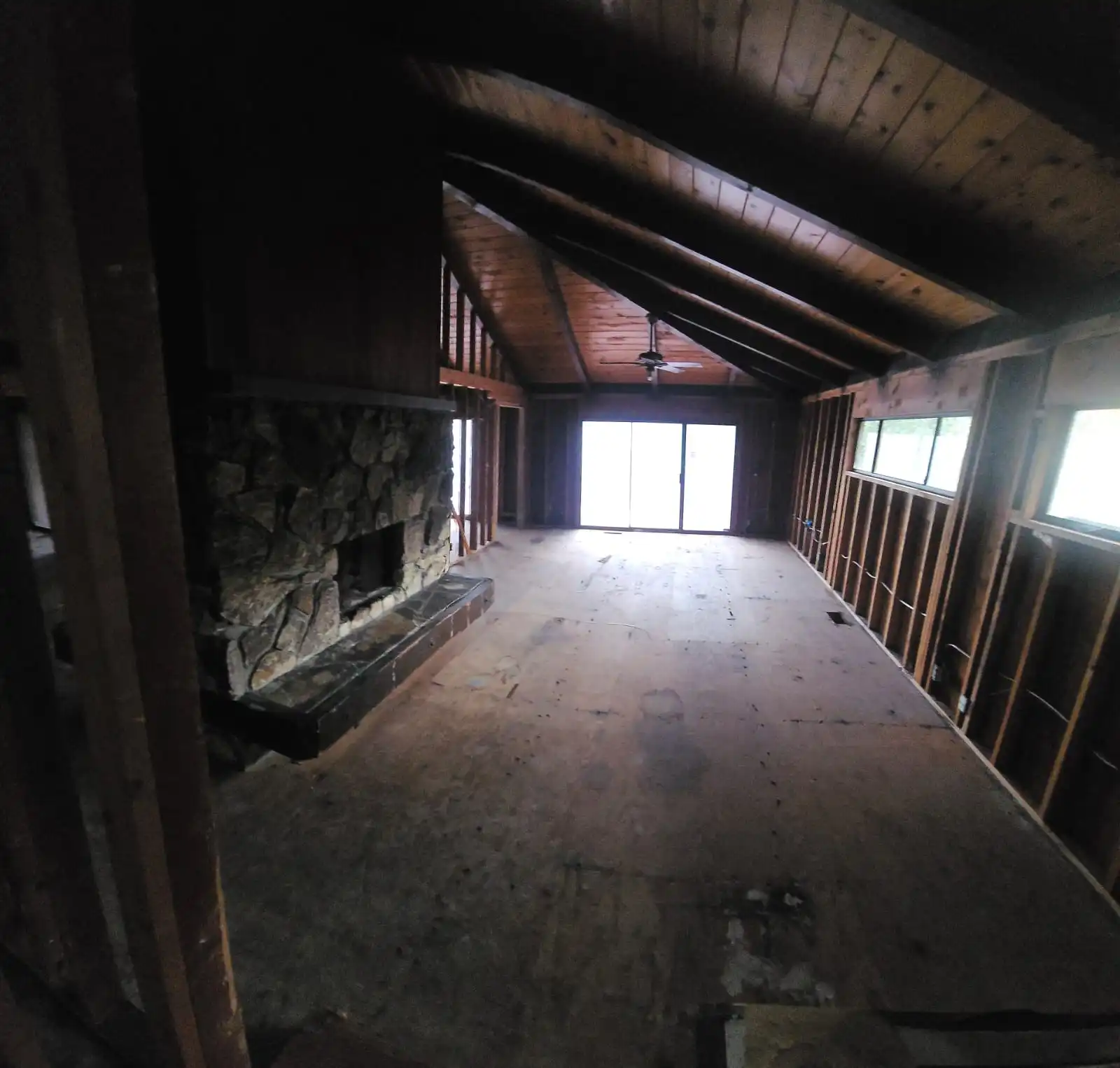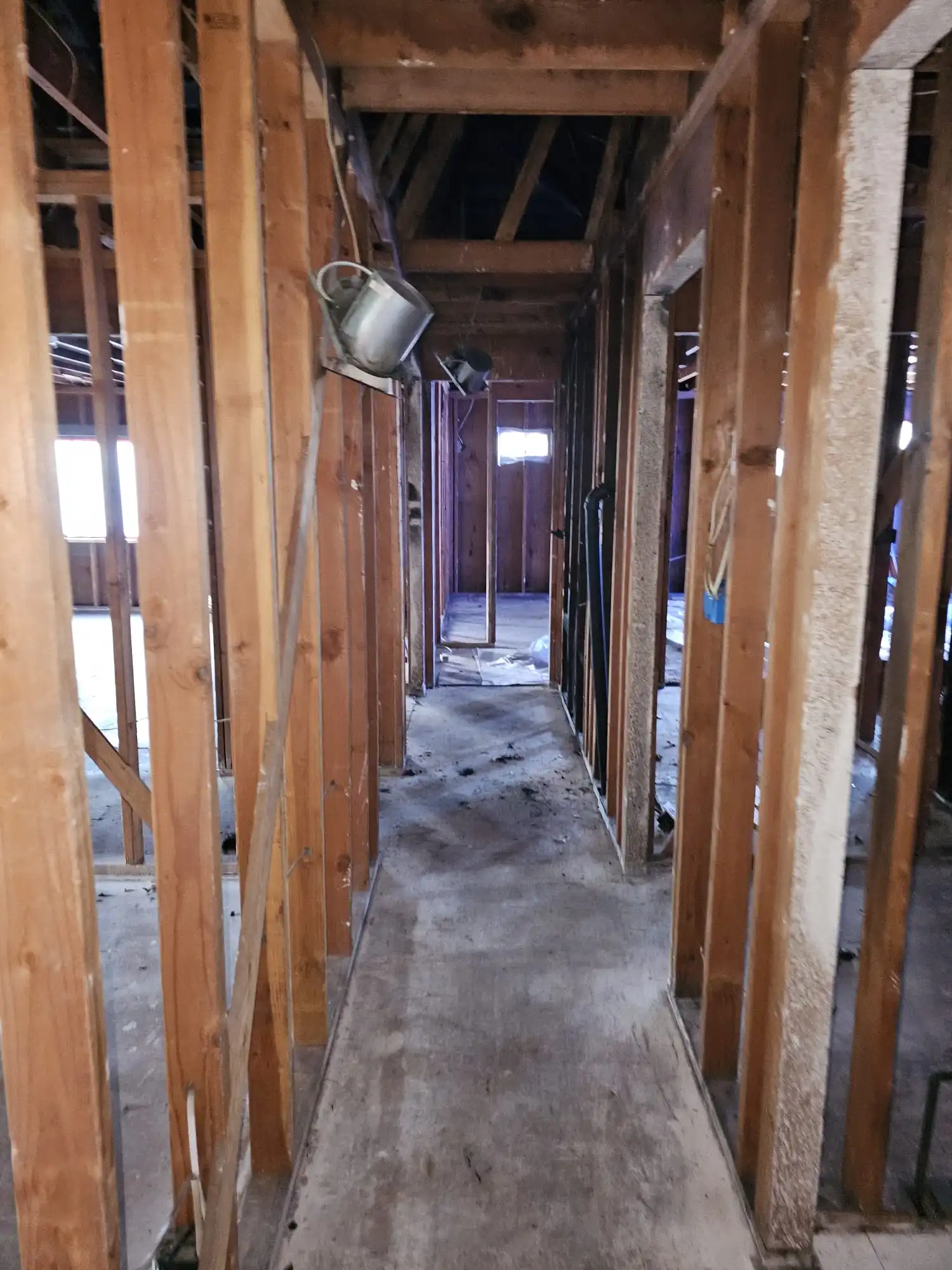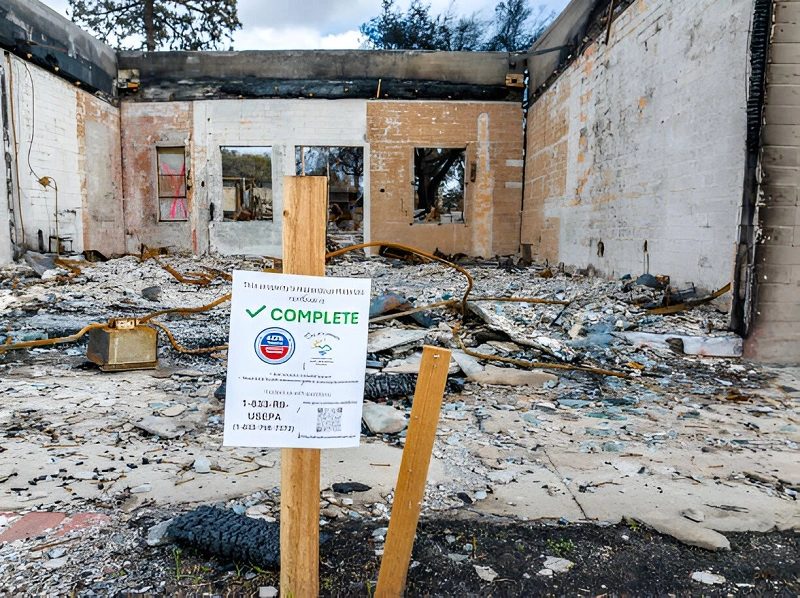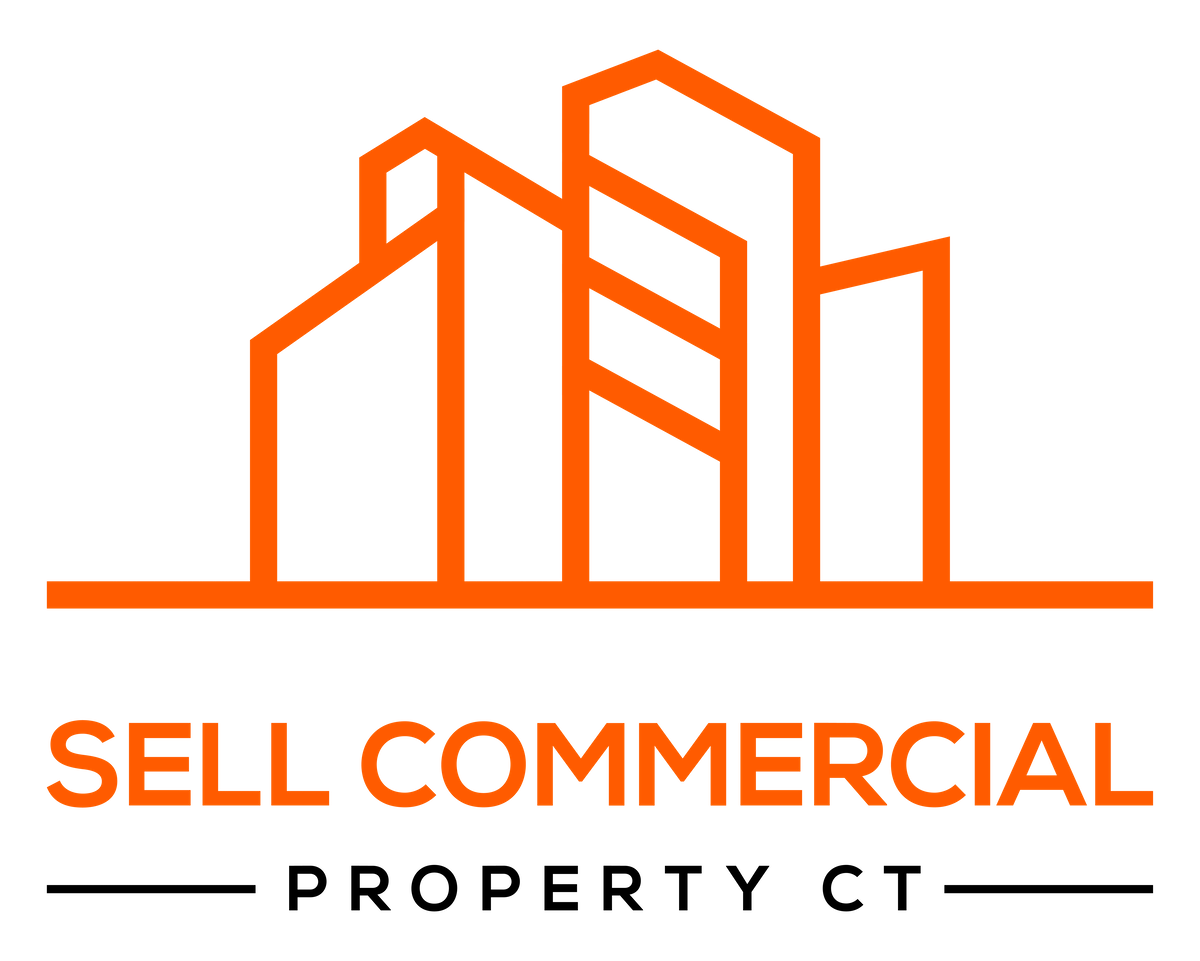Selling a Storage Facility By Owner In Connecticut For Cash


We’ll Give You A No Pressure As-Is Cash Offer in 24 Hours
We’re Local, Can Close in 10 Days, Fast Cash




Sell a Self-Storage Facility: 5 Steps to Maximum Profit
Selling a Storage Facility represents a significant business decision that requires careful planning, strategic preparation, and expert guidance to maximize your investment’s value.
Whether you’re looking to retire, diversify your portfolio, or capitalize on market conditions, understanding the intricacies of the sales process is crucial for achieving optimal results.
From assembling comprehensive financial documentation to enhancing your facility’s market appeal, each step plays a vital role in attracting qualified buyers and securing the best possible price for your property.
In this comprehensive guide, we’ll walk you through the essential steps of selling your self-storage facility, including pre-sale preparation, value maximization strategies, assembling a professional support team, and executing an effective marketing plan.
We’ll explore how working with experienced self-storage brokers can leverage their industry expertise and extensive networks to connect you with qualified buyers, while also examining proven strategies to enhance your facility’s value through operational improvements and physical upgrades.
By following this roadmap, you’ll be well-equipped to navigate the complexities of the sale process and position your self-storage facility for a successful transaction.



Fill Out Form
Fill out our form and we’ll get started on your free offer! No obligations.



Receive Cash Offer
We’ll research your property and call you with our fair offer in cash!


You Get Paid!
Money in your bank account at closing. As quick as 7 days!
Sell Your House Fast After a Fire
The foundation of a successful self-storage facility sale lies in thorough preparation and comprehensive evaluation. This critical first phase sets the stage for attracting serious buyers and achieving optimal value for your property.


Financial Documentation Assembly
Accurate and organized financial records serve as the backbone of your facility’s valuation. Start by compiling detailed current revenue reports that showcase your facility’s income streams, including rental payments, late fees, and additional services.
Create comprehensive expense statements documenting operational costs, utilities, maintenance, and staffing expenses. Gather multiple years of tax records to demonstrate your facility’s financial history and compliance.
Your occupancy history records deserve special attention, as they tell the story of your facility’s performance over time. Track both physical occupancy rates and economic occupancy rates, highlighting any positive trends or seasonal patterns that demonstrate your facility’s stability and growth potential.
Selling a Storage Facility By Owner In Connecticut For Cash

No Storage Facility Repairs
Selling your Storage Facility as is means we take care of all the hassles!

No Agents
Skip paying for agent commission. We make Storage Facility sales simple!

No Fees
Not only do we have NO agent or iBuyer fees, we cover closing costs!

Fast Closing
Sell your Storage Facility in 7 days or on your timeline! We buy Storage Facility fast.

No Obligations
Take it or leave it. Our free cash offers come with no obligations.

Hassle Free
No agents. No inspection. No delays. We buy real estate as-is for cash!
Frequently Asked Questions
Convenience Store
RV Parks & Trailer Campgrounds
Laundromats
Auto Body Shop
Strip Malls Shopping Center
Assisted Living Facility
Undeveloped Land
Restaurants
Apartment
Buildings
Mobile Home Park
Commercial Land
Storage Facility
Hotels Motels
Parking Garages
Funeral Home
Office Space
Warehouse
Gas Station
Car Wash
Farmland
Vineyards
Church
Marinas
Sell Storage Facility Connecticut !
If a simple Storage Facility sale that closes on your schedule sounds like what you need, come check us out. You can request a free quote for your Storage Facility by filling out our form below!
We’ll Give You A No Pressure As-Is Cash Offer in 24 Hours
We’re Local, Can Close in 10 Days, Fast Cash
Property Assessment
A thorough property assessment begins with a detailed physical condition review. Examine your facility’s structural elements, from the foundation to the roof, and document the condition of individual storage units. Evaluate your security systems, including surveillance cameras, access controls, and lighting, as these features significantly impact buyer confidence and facility value.
Maintain detailed maintenance records that showcase your commitment to facility upkeep. Document all repairs, improvements, and routine maintenance tasks, creating a clear history of responsible ownership that buyers will appreciate. This documentation helps justify your asking price and demonstrates the facility’s well-maintained status.


Market Analysis
Understanding your market position is crucial for setting realistic expectations and identifying opportunities for value enhancement. Begin with a local competition review, analyzing nearby facilities’ occupancy rates, pricing structures, and amenities. This information helps position your facility competitively and identifies potential areas for improvement.
Research area development plans that could impact your facility’s future value. New residential developments, commercial projects, or infrastructure improvements can significantly influence your property’s desirability. Finally, assess current market trends, including storage demand patterns, demographic shifts, and economic indicators that might affect your facility’s valuation.
By investing time in thorough pre-sale preparation and evaluation, you create a solid foundation for the entire sales process. This comprehensive approach not only helps determine an appropriate asking price but also provides potential buyers with the confidence they need to make informed decisions about your property.
Maximizing Facility Value
Before listing your self-storage facility for sale, implementing strategic improvements can significantly increase its market value and attract more qualified buyers. These enhancements focus on three key areas: revenue optimization, operational improvements, and physical upgrades.
Revenue Optimization
Start with a thorough rate structure analysis to ensure your pricing aligns with current market rates. Review your unit prices across different sizes and types, comparing them with local competitors while considering your facility’s unique features and location.
Implement gradual rate increases for existing tenants to bring them closer to market rates without risking significant tenant turnover.
Boost occupancy rates through targeted marketing campaigns and competitive pricing strategies. Consider offering move-in specials or seasonal promotions to fill vacant units.
Explore additional income sources beyond traditional storage rentals, such as selling packing supplies, offering truck rentals, or providing tenant insurance. These supplementary revenue streams can make your facility more attractive to potential buyers.


Operational Improvements
Modernize your management systems to streamline operations and improve efficiency. Implement professional property management software that handles reservations, payments, and tenant communication. This technology investment demonstrates to buyers that the facility is well-positioned for future growth and scalable operations.
Conduct a comprehensive staff performance review to ensure your team delivers excellent customer service and maintains facility standards. Well-trained, professional staff members contribute to positive tenant experiences and stable occupancy rates. Document all procedures and create detailed operations manuals that will facilitate a smooth ownership transition.
Physical Enhancements
Focus on exterior improvements that enhance curb appeal and create a strong first impression. Fresh paint, clear signage, and well-maintained landscaping signal to potential buyers that the facility has been properly maintained. These visual improvements can significantly impact perceived value and marketability.
Address unit maintenance issues promptly, repairing damaged doors, replacing worn weather stripping, and ensuring all units are clean and functional.
Consider strategic facility upgrades that could increase revenue potential or operational efficiency. This might include installing LED lighting, upgrading security systems, or adding climate-controlled units if market demand supports such investments.
These value-maximizing improvements require careful planning and strategic implementation. While some enhancements may require significant investment, they often generate positive returns through increased property value and improved marketability. Focus on improvements that demonstrate clear value to potential buyers and support a higher sale price for your facility.

Professional Support Team Assembly
Assembling the right team of professionals is crucial for successfully selling your self-storage facility. Each expert brings specialized knowledge and skills that protect your interests and maximize your sales outcome.

Self-Storage Broker Selection
Choosing the right self-storage broker starts with verifying their industry experience. Look for brokers who specialize specifically in self-storage properties rather than general commercial real estate. These specialists understand the unique aspects of self-storage facilities and can provide more accurate valuations.
Analyze the broker’s track record by reviewing their recent transactions and asking for references from previous clients. Pay particular attention to their success rate in your market area and price range.
A broker’s network evaluation is equally important – they should maintain strong connections with qualified buyers, including investment groups and industry competitors, who actively seek self-storage acquisitions.
Legal Representation
Experienced legal counsel proves invaluable throughout the sale process. Your attorney should thoroughly review all contracts and agreements, ensuring your interests are protected while identifying potential issues before they become problems. They’ll examine purchase agreements, tenant contracts, and any existing service provider agreements.
A comprehensive compliance check helps verify that your facility meets all local, state, and federal regulations. This includes reviewing zoning requirements, building codes, and accessibility standards.
Your legal team should also establish appropriate liability protection measures, including reviewing insurance coverage and creating necessary disclaimers or warranties for the sale.


Financial Advisors
Professional financial guidance helps optimize the financial aspects of your sale. Tax planning becomes essential to structure the transaction in the most tax-efficient manner possible. Your financial advisor can help you understand the tax implications of different sale structures and timing considerations.
Valuation services provide an accurate assessment of your facility’s worth based on current market conditions, financial performance, and growth potential. These professionals calculate important metrics like capitalization rates and net operating income to support your asking price.
Your financial team should also help develop an investment strategy for the proceeds from your sale. This includes planning for retirement, reinvestment opportunities, or diversification strategies that align with your long-term financial goals.
Marketing And Sale Process
A well-executed marketing strategy significantly impacts your facility’s sales success. By combining digital presence enhancement with targeted buyer outreach and strategic negotiation, you can attract qualified buyers and secure optimal terms for your sale.
Digital Presence Enhancement
Online listing optimization serves as your facility’s digital storefront. Create compelling property descriptions that highlight key features, occupancy rates, and revenue potential.
Include professional photographs that showcase your facility’s condition, security features, and any recent upgrades. Ensure all financial information and property specifications are accurate and current.
Virtual tour creation has become increasingly important in modern property marketing. Develop comprehensive virtual tours that allow potential buyers to explore your facility remotely, showcasing unit sizes, office spaces, and security systems. These tours save time for both parties and help qualify serious buyers before physical visits.
Social proof development strengthens your facility’s market position. Gather and showcase positive tenant reviews, occupancy history, and revenue growth trends. Document any community involvement or industry awards that demonstrate your facility’s strong market presence and operational excellence.


Buyer Targeting
Investment groups often represent the most qualified buyers for self-storage facilities. These organizations typically have established funding sources and understand the acquisition process. Target real estate investment trusts (REITs) and private equity firms that specialize in self-storage properties.
Individual investors seeking stable income-producing assets form another important buyer category. These buyers might include high-net-worth individuals or family offices looking to diversify their investment portfolios. Focus on highlighting your facility’s steady cash flow and management systems.
Industry competitors, particularly regional operators looking to expand their presence, can be valuable potential buyers. They understand the business model and can often close deals efficiently. Your broker’s industry network becomes particularly valuable in reaching these strategic buyers.
Negotiation Strategy
Price point determination requires careful analysis of market comparables, financial performance, and growth potential. Work with your broker to establish a competitive asking price based on current cap rates and market conditions. Consider how recent improvements or operational efficiencies might justify premium pricing.
Terms structure can significantly impact the final deal’s success. Consider various payment structures, including traditional financing, seller financing options, or earnout provisions based on performance metrics. Each option presents different advantages and risks that should align with your exit strategy.
Deal flexibility often proves crucial in completing successful transactions. While maintaining firm positions on deal-breakers, remain open to reasonable compromises on less critical terms. This might include adjustment periods for existing staff, transition assistance, or flexible closing timelines that accommodate both parties’ needs.

Frequently Asked Questions
The optimal timing to sell depends on multiple factors, including market conditions, facility performance, and local economic indicators.
Generally, the best time to sell is when your facility shows strong occupancy rates, stable cash flow, and positive revenue trends. Consider selling during periods of high market demand or when local development plans suggest future growth in your area.
The sale process typically takes between 4 to 8 months from initial listing to closing. This timeline includes preparing documentation, marketing the property, entertaining offers, conducting due diligence, and finalizing the transaction. Working with an experienced self-storage broker can help streamline this process and potentially reduce the timeline.
Yes, continue with essential maintenance and planned improvements during the sale process. Focus on improvements that directly impact revenue or address safety concerns. However, consult with your broker before undertaking major capital projects, as these investments may not provide immediate return value during the sale.
Existing tenant contracts typically transfer to the new owner without disruption. Maintain clear communication with tenants and continue operating the facility as usual during the sale process. The purchase agreement should include provisions that ensure a smooth transition of all current lease agreements and security deposits to the new owner.
Occupancy rates significantly influence your facility’s sale price as they directly impact the property’s net operating income (NOI). Higher occupancy rates typically lead to better cap rates and higher valuations.
Buyers often view stable or increasing occupancy rates as indicators of strong market demand and effective management, which can justify premium pricing.
Sell Your Storage Facility Today
Successfully selling a self-storage facility requires a well-planned approach that combines thorough preparation, professional expertise, and strategic execution. By focusing on comprehensive financial documentation, property improvements, and market analysis, you create a strong foundation for attracting qualified buyers and maximizing your facility’s value.
The involvement of experienced self-storage brokers, legal representatives, and financial advisors proves instrumental in navigating complex negotiations and ensuring compliance throughout the sale process.
Remember that every step you take to enhance your facility’s operational efficiency, maintain strong occupancy rates, and implement technology upgrades contributes directly to your property’s market appeal and final sale price.
A methodical approach to preparing and marketing your facility, combined with realistic pricing strategies and professional guidance, positions you for optimal returns on your investment.
As you move forward with your sale plans, maintain focus on both the immediate steps and long-term objectives of the transaction. With proper preparation and the right team of professionals by your side, you can achieve a successful sale that meets your financial goals while ensuring a seamless transition for your current tenants and the future owner.
Sell Storage Facility in Connecticut!
If a simple Storage Facility sale that closes on your schedule sounds like what you need, come check us out. You can request a free quote for your Storage Facility by filling out our form below!
We’ll Give You A No Pressure As-Is Cash Offer in 24 Hours
We’re Local, Can Close in 10 Days, Fast Cash

